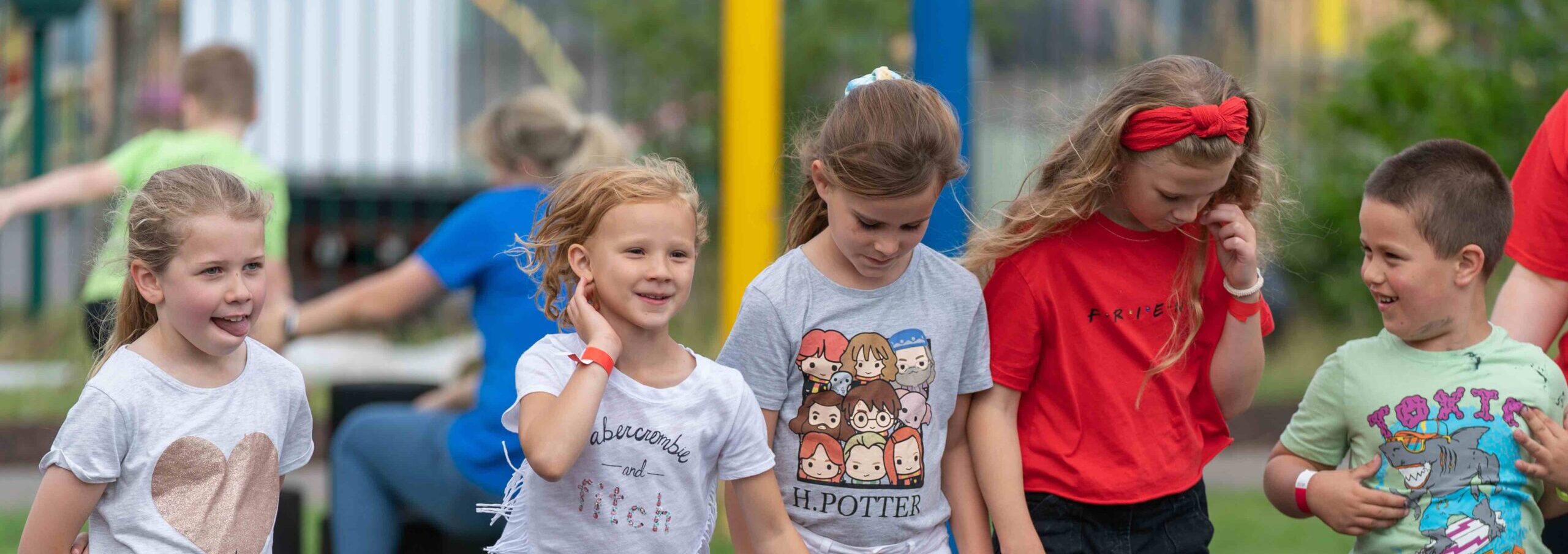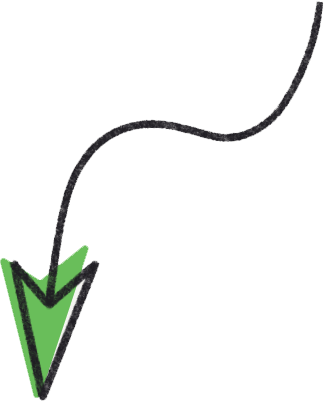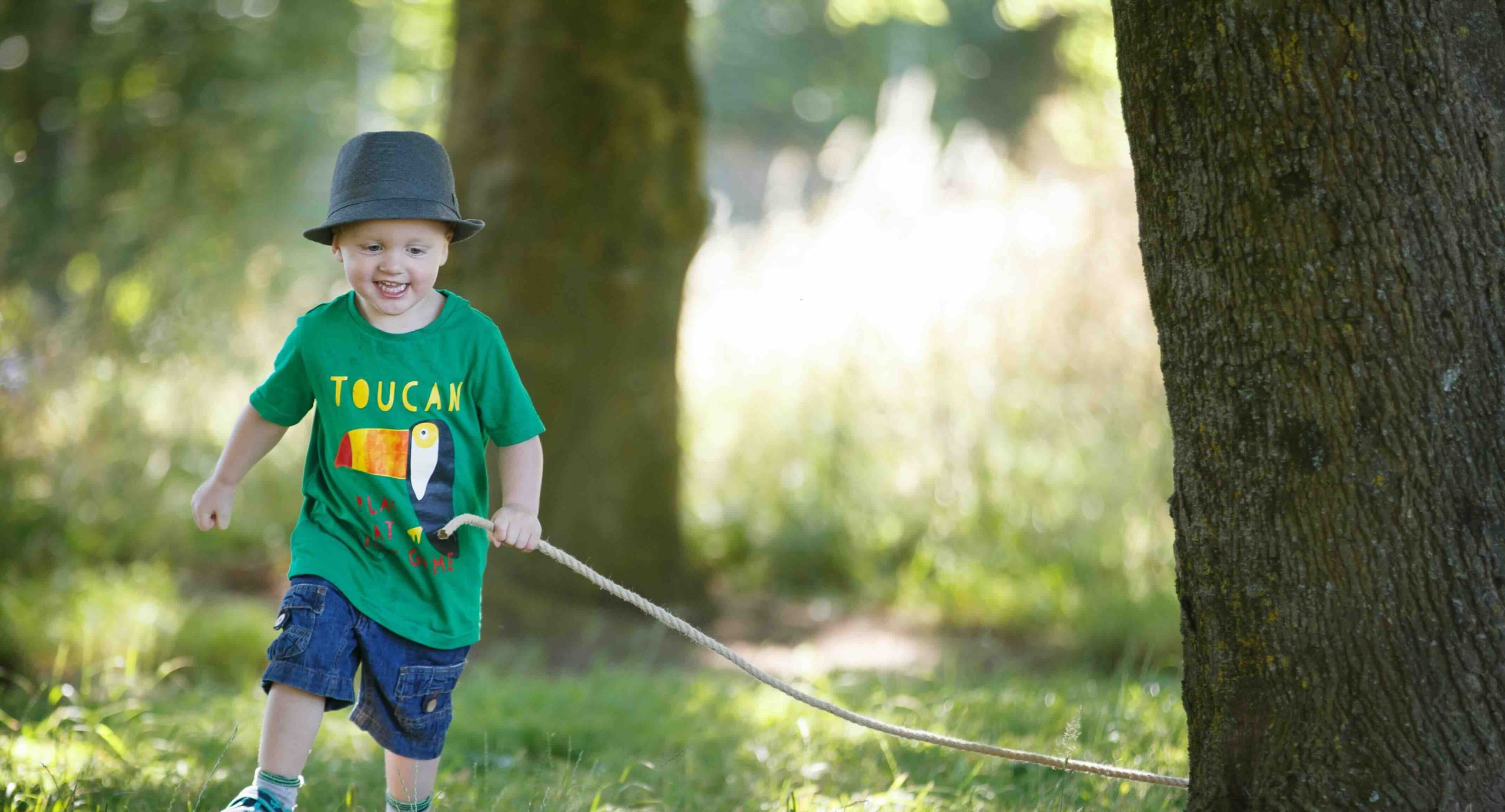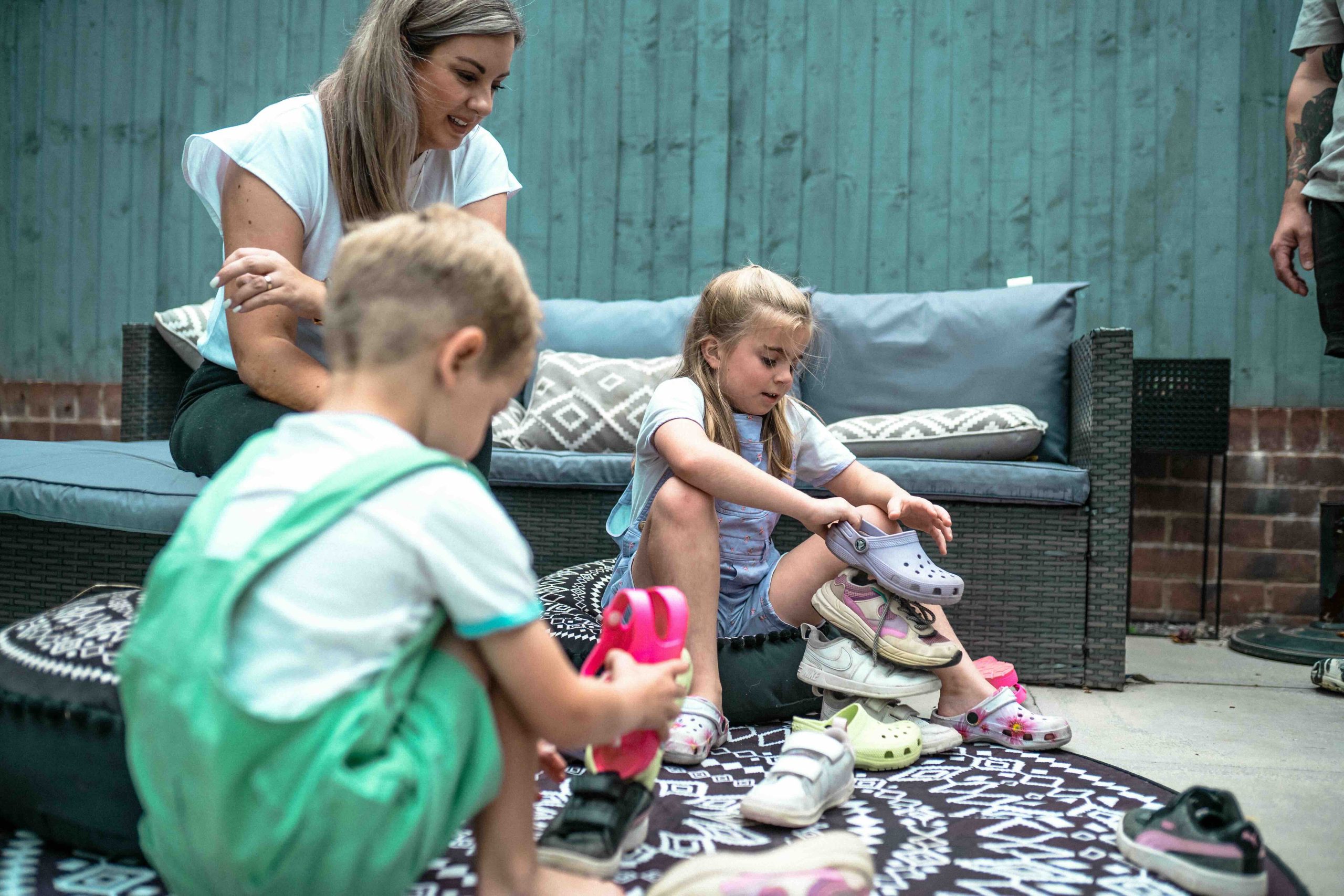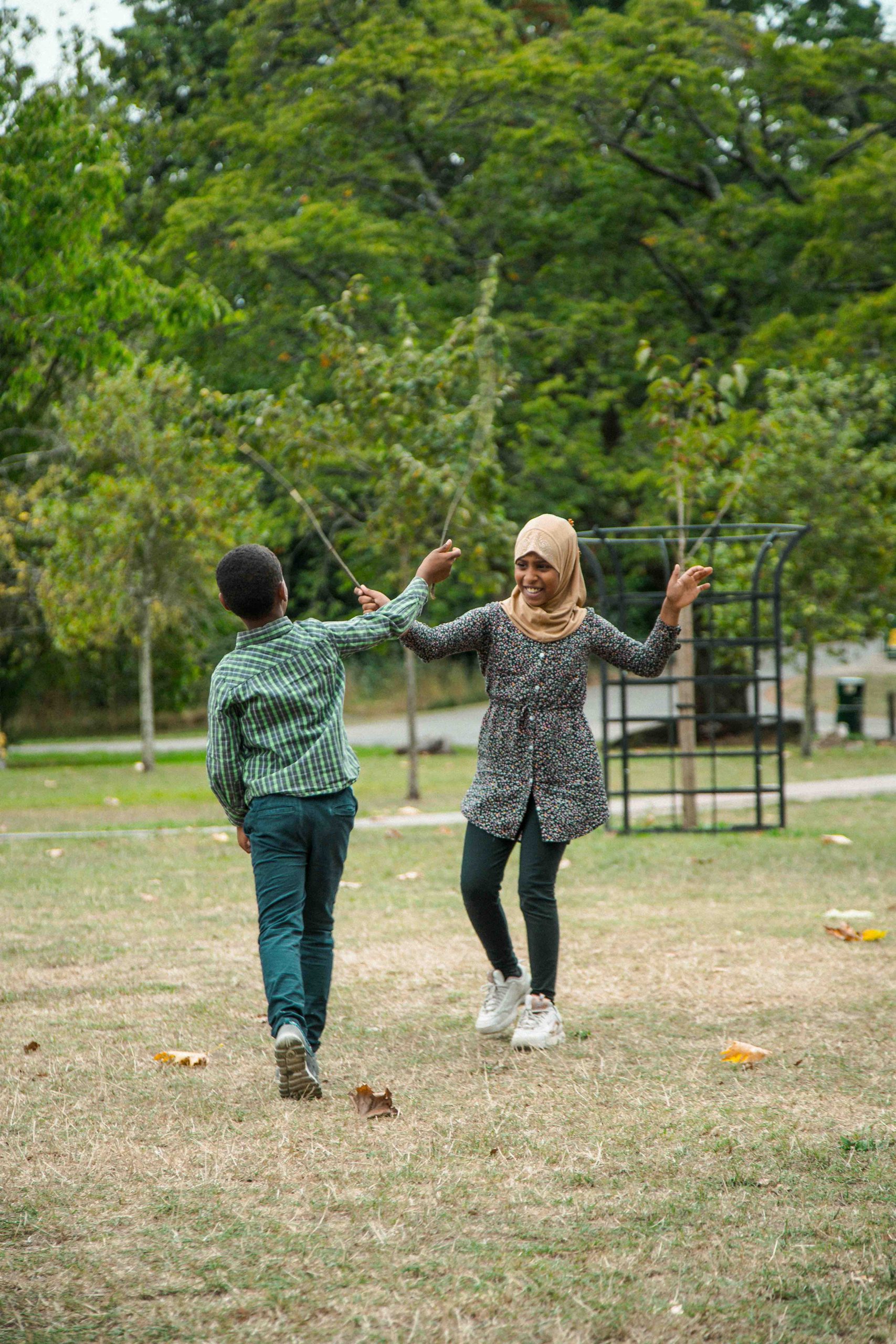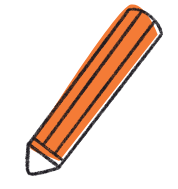Play Ideas
Easy games to play with a group of children
Group games are a great way for your child or teenager to make new friends. They can help children who don’t know each other feel at ease.
Lots of games are suitable for children of different ages and abilities, and adults can play too. Group games are great to play in the park or street after school, at the beach, or at events like picnics or parties.
Here are a few games to get you started
Tag
Tag is a chasing game played all over the world.
- One person is ‘It’.
- ‘It’ counts to 10 before chasing the other players.
- When ‘It’ touches someone they shout ‘tag’.
- The person they touch becomes ‘It’ and starts doing the chasing.
- The game can go on for as long as everyone wants to play.
There are lots of variations on tag games. Here are a few examples:
- High tag – you can’t be tagged if your feet are off the ground – for example, if you are standing on a wall or hanging off the branch of a tree.
- Hop tag – you can only hop, not run.
- Tunnel tag – if you are tagged you stand with your legs apart or your arms out wide until another player frees you by crawling under your legs.
- Shadow tag – ‘It’ tags you by standing on your shadow instead of touching you.
An easy game that helps children learn each other's names
- Find something to throw - for example, a ball, balloon, soft toy, rolled-up scarf or a lemon.
- Get into a circle.
- Pass the item around the circle.
- Ask each person to say their name when they get it and then pass it to the next person.
- Once everyone has held the item at least once, ask the person who has the item to say the name of any other person in the circle and to throw the ball to them.
- When that person catches it, they choose someone else, say their name and throw the ball to them, and so on.
- Keep going for a few throws and then add another item, which someone else can start throwing.
- Add more items one by one, until you have several items being thrown back and forth.
Catch the dragon’s tail
- Find two scarves or bits of fabric to use as ‘tails’.
- Make two groups.
- Ask each group to make a line, with each person holding onto the waist of the person in front. Each line is a ‘dragon’ and the person at the front of each line is the dragon’s head.
- Tuck the scarf loosely into the waistband of the person at the back of each line. This is the tail.
- Get the dragons to face each other but not too close.
- Shout, ‘catch the dragon’s tail’.
- The dragons now have to run around – with the people in each dragon continuing to hold onto each other - so the person at the front (the dragon’s head) can try to catch the tail of the other dragon without their own dragon falling apart.
Mini treasure hunt
You can hold treasure hunts in places like parks, beaches or gardens without any preparation.
- Think of a few ‘treasure’ ideas (see ideas below) and write them on pieces of paper - or you can make it up as you go along.
- Ask the children to think up ideas.
- Let the children decide if they want to search for the treasure individually, in pairs or teams.
- Make time to ask about all the treasures the children find.
A few ideas of ‘treasure’ that children could search for:
- a shiny leaf
- a smooth stone
- something red
- something smelly
- something sparkly
- something that makes you happy
- something that reminds you of your holidays.
Some other games that don’t need any (or much) equipment
- Hide and seek
- Simon says
- Dodge ball
- Grandmother’s footsteps
- What’s the time, Mr Wolf?
Tips for playing group games
- Include everyone
- Ask if anyone else has a game to share with the rest of the group.
If you are outside:
- Respect nature
- Check the area for dog poo, broken glass or any other hazards
- Decide if there are limits to how far children can go - for example, no further than a particular fence, tree or other landmark.
Download Top tips – Easy games to play with a group of children





